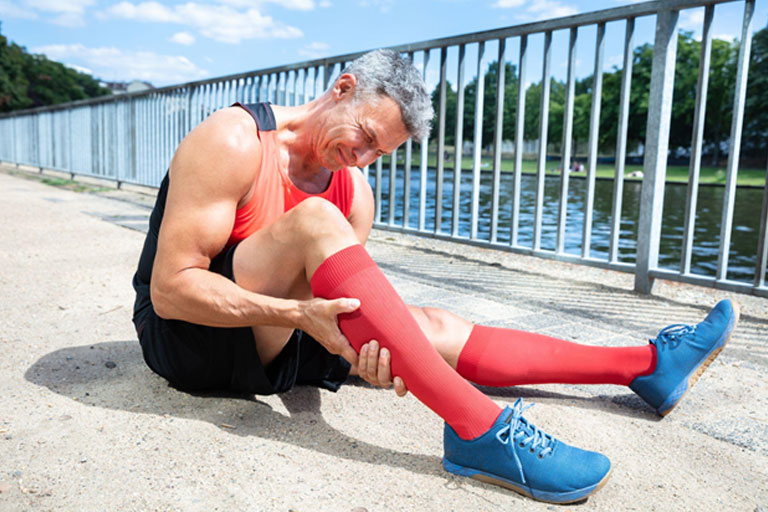Peripheral arterial disease (PAD), or peripheral vascular disease, is a type of artery disease that can cause issues with blood flow. When you have PAD or peripheral vascular disease, this means your arteries are narrowing from plaque in the arteries, which causes restricted or blocked blood flow from the heart to the muscles. This hardening of the arteries can often cause patients to experience claudication, which is pain in the calf, thigh, or hip after having moved.
Why Does Claudication Happen?
PAD typically happens when fatty deposits build up inside the arteries, which is otherwise known as atherosclerosis. It’s a very common artery disease in those over the age of 50. The decreased blood flow can cause exertional leg pain, hip pain, and thigh pain.
What are the Symptoms of Claudication?
Patients who experience PAD and claudication can show several symptoms. If you’re wondering if you’re suffering from PAD, here are some signs to look out for: numb legs, “shiny” legs, slow toenail growth, cold feet, leg sores that take longer than normal to heal, erectile dysfunction, slow hair growth on the legs, and a weak pulse.
Because claudication is sometimes a symptom of PAD, its symptoms are similar. You may feel a burning sensation, tiredness, or pain in your legs. Leg pain at night when you’re resting in bed is also a key indicator of claudication. Other symptoms include shiny foot skin, cold feet, pale legs when raised and red legs when lowered.
What Could Claudication Mean for You?
If you have claudication, it could mean several things for you. Claudication can indicate a higher risk of strokes or heart attacks. If your claudication arises from PAD, sometimes you can easily be treated to prevent PAD from happening again. But other times, PAD may lead to other medical problems, such as a leg ulcer or a toe ulcer. When the arteries are damaged, ulcers can easily develop. PAD could also cause you to develop foot ischemia, which is when open sores don’t heal properly; develop blue toe, or prevent your toes from receiving enough blood and oxygen; develop Raynaud’s phenomenon or Raynaud’s disease, which is when your hands and feet change color from blocked or restricted arteries; or cause an abdominal aortic aneurysm (AAA) to occur.
What Should You Do?
If you think you have claudication, your best option is to consult your local vein and vascular center. A professional can diagnose your condition by using an angiogram, or an X-ray, to see if there is blood restriction to the heart and start you on the track to recovery. You can also help the situation by dieting, exercising, and avoiding smoking cigarettes.
Possible Treatment Options
Claudication is best treated by treating the underlying condition. PAD is often treated with specific diets and an exercise routine. In some cases of very badly blocked arteries, you may require a procedure to open up your arteries to help with your blood flow. This procedure, called an angioplasty, uses a thin tube to insert a small balloon into the artery. The balloon is inflated, deflated, and then removed, which helps to open the artery. In some cases, stents, a small wire mesh tube, will also be inserted into the artery during an angioplasty and left inside to keep it open.
If you or a loved one is suffering from claudication caused by PAD, be sure to seek help as soon as possible from a vein and vascular center. In many cases, simple treatments will be used for recovery like dieting and exercising. But it’s always important to consult an expert in the case that you may need an angioplasty. At Heart of Dixie Vein and Vascular Center in St. George, we’re happy to help, diagnose, and treat your PAD.





